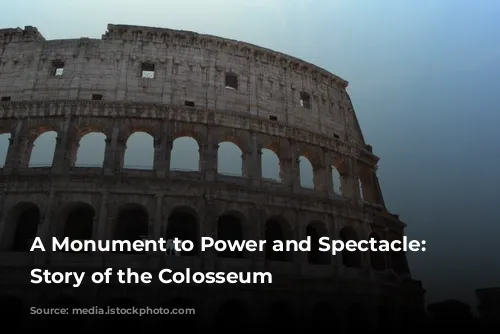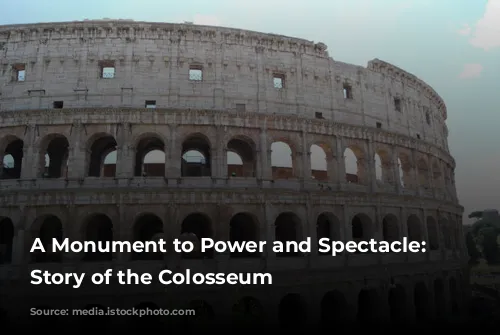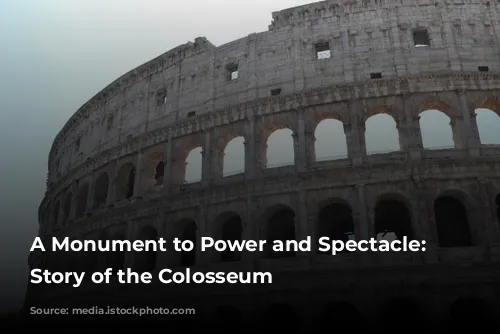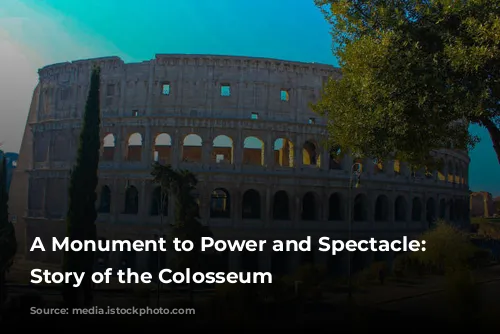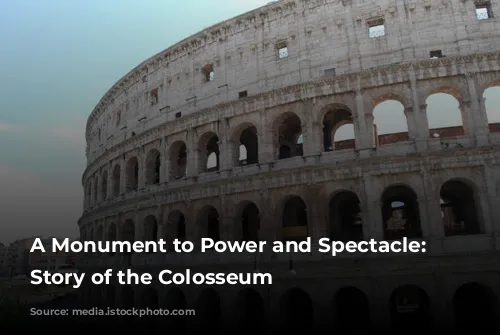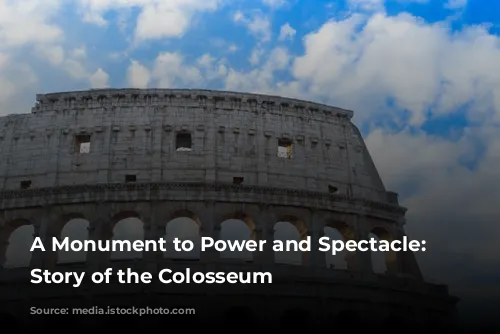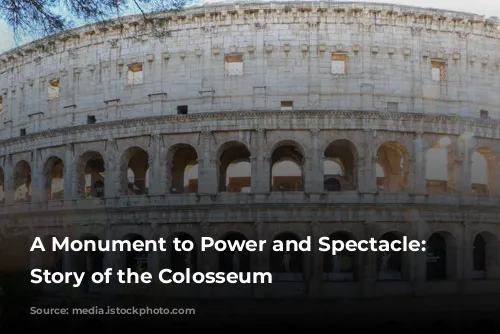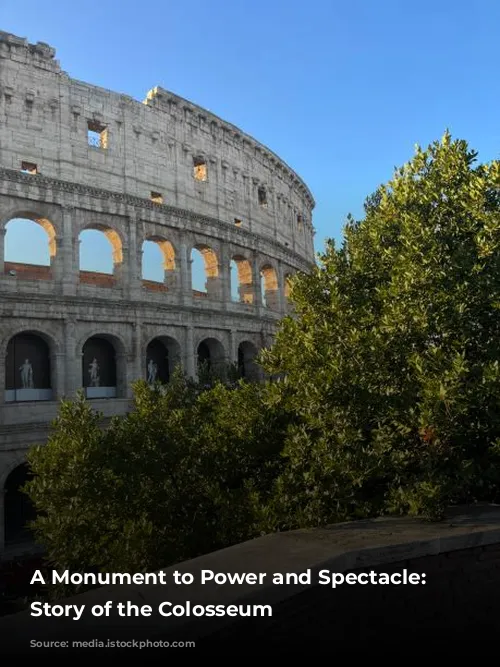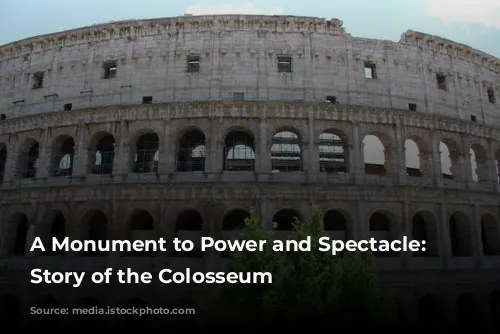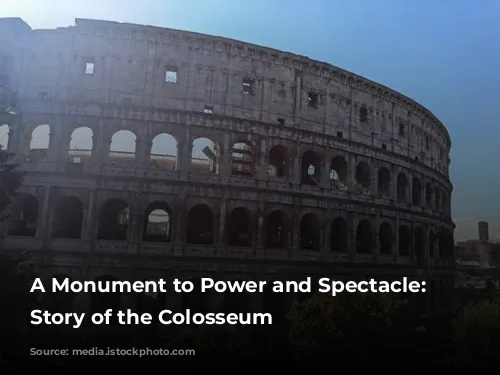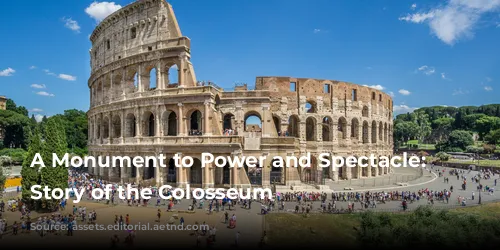The Colosseum, better known as the Flavian Amphitheater, stands as a towering testament to the grandeur and ingenuity of the ancient Roman world. More than just a place for brutal entertainment, the Colosseum holds a place in history as a symbol of Roman power, a marvel of engineering, and a window into the lives of everyday Romans.
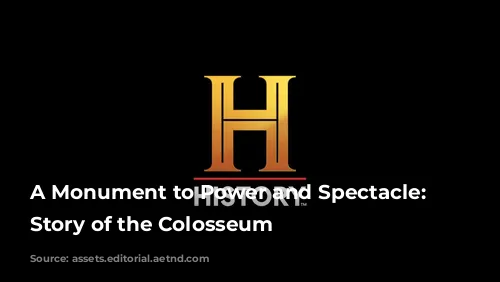
A City Rising from the Ashes
Following the tumultuous period of fire, plague, and civil war that ravaged Rome, Emperor Vespasian and his Flavian Dynasty embarked on an ambitious program to restore the city to its former glory. In 70 AD, Vespasian ordered the construction of a new amphitheater in the heart of the city, funded by the spoils of war from the Roman conquest of Jerusalem. This grand structure, dedicated a decade later, served as a powerful symbol of Rome’s resurgence, proclaiming to the world that the city had risen from the ashes.
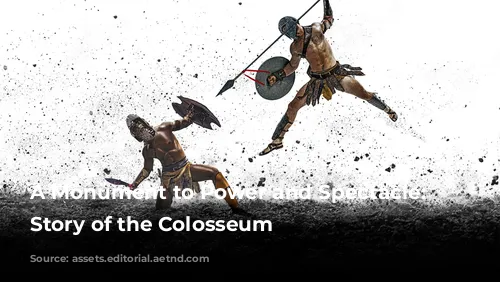
A Masterpiece of Engineering and Architecture
The Colosseum was not only a symbol of power but also a remarkable feat of engineering and design. It was the largest and most complex permanent amphitheater of the ancient world, constructed with immense quantities of concrete, travertine, marble, stone, and timber. This colossal structure, reaching a height comparable to a 15-story building, could accommodate a staggering 50,000 to 80,000 spectators.
The Colosseum was designed to be more than just a venue for entertainment. It was carefully situated on the site of Nero’s infamous Domus Aurea, a symbol of Nero’s extravagance and tyranny. By filling in the artificial lake and replacing Nero’s colossal statue with a magnificent amphitheater, the Flavian Dynasty effectively erased the memory of their predecessor and solidified their own legacy.
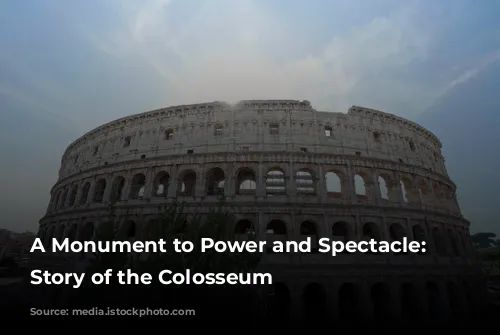
A Reflection of Roman Society
The seating arrangements within the Colosseum reflected the rigid social hierarchy of Roman society. The best seats, closest to the action, were reserved for the emperor and the elite senators. The Equestrian order, comprising former cavalry members who had become successful merchants, artisans, and bureaucrats, occupied the next level of seating. The vast majority of Rome’s population—women, foreigners, and the poor and enslaved—were relegated to the less desirable upper tiers.
This carefully orchestrated seating arrangement ensured that social order was maintained within the amphitheater. Separate entrances and corridors prevented mingling between different social groups, emphasizing the rigid divisions within Roman society. However, the elliptical architecture of the Colosseum ensured that everyone, regardless of their social standing, had a clear view of the action in the arena.
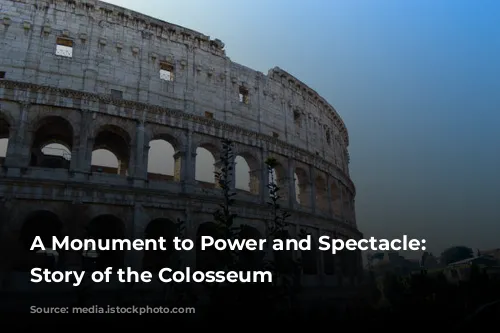
The Legacy of the Colosseum
The Colosseum has endured for millennia, standing as a testament to the ingenuity and ambition of the ancient Romans. Its innovative use of concrete, its intricate drainage system, and its impressive network of tunnels and trapdoors all point to a level of architectural and engineering sophistication that was unmatched in its time.
The Colosseum’s influence extends far beyond its architectural innovations. Its use of arches for support, its elliptical shape, and its system of controlled entry and exit based on seating location have all become integral features of modern sports stadiums.
The Colosseum is not just a relic of the past; it is a living reminder of the power of human ingenuity and the enduring legacy of ancient Rome.
